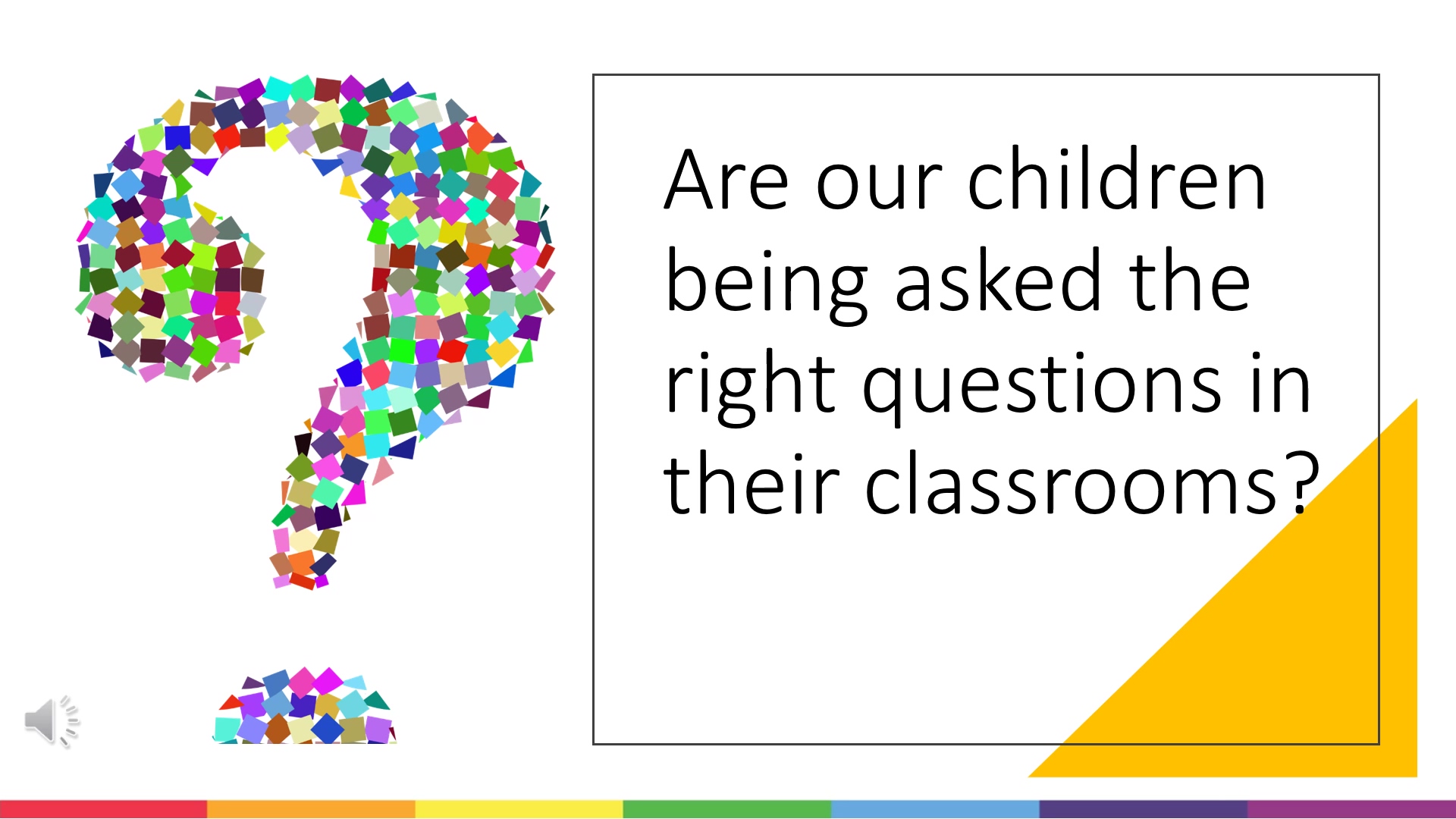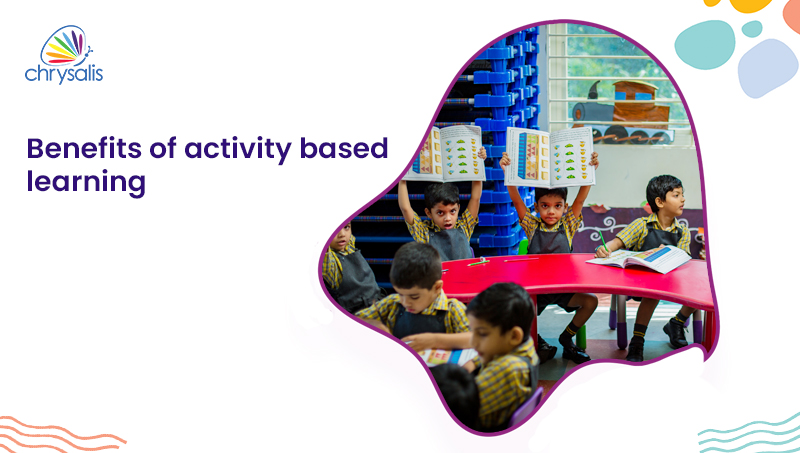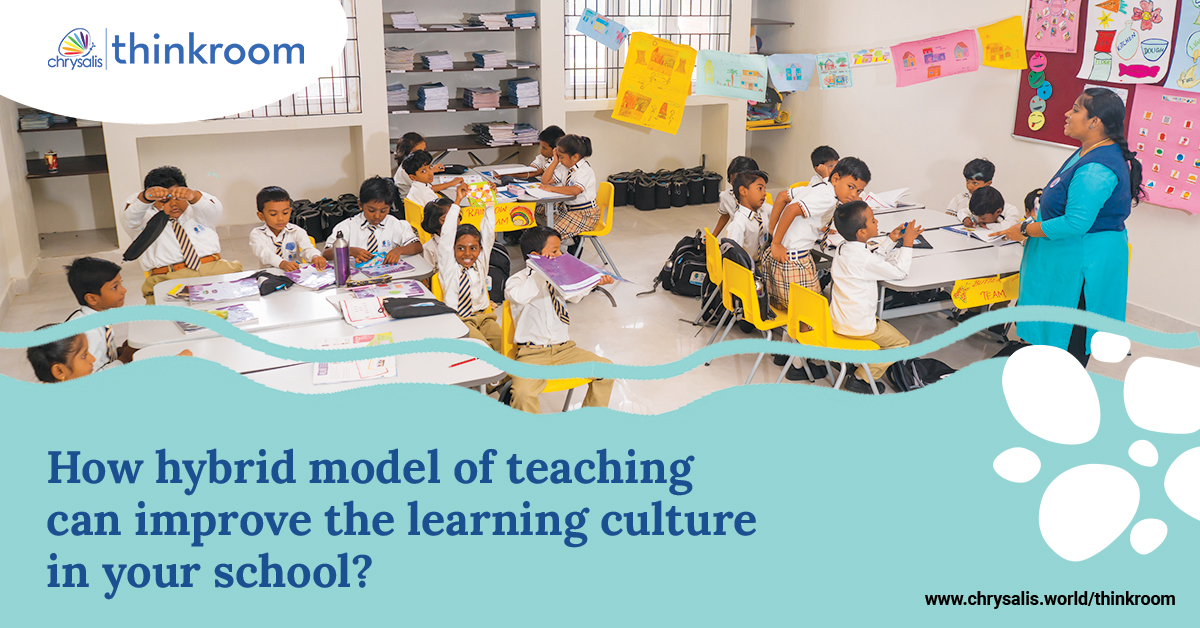Chrysalis believes in taking a holistic and multi-dimensional approach to learning. The usual textbooks are like a collection of data. So, we created the innovative Studio and Companion. But, kids can't learn everything from books. And we want kids to practice what they've learned too. That's how ThinkRoom Kits were introduced. It was put together after extensive research on which tools were effective as a learning aid and had excellent responses from the kids. These tools not only entertain the kids but also encourage them to have a lively learning experience. Teachers also have a good time guiding the kids with these activities since they can make teaching easier too.
Family Word Calendar
We use a day, date, month calendar to change the dates and use them indefinitely. So, after a few modifications, why can’t we use it to teach family words too? There are 2 parts to this calendar; one with a single letter and one with the ending letters. They can be used to teach letter sounds for single letters and sounds for family words. When the letters are combined, it’s easier for the kids to pronounce the words. It’s also a great tool to improve kids’ reading skills. After they’ve got a hang of it, change the letter and the words randomly and give each kid a turn to read the words out loud. Place it in the reading corner and the kids will have fun changing the letters and discovering new words. This calendar literally makes learning fun!
Dolch Sight Words
They are a set of cards that have the Dolch Sight Words on them. These words are a list of sight words that are most commonly used in the English language. They can be used as flashcards for kids to practice reading the words out loud or they can also be used in some fun activities. Display the words on the word wall. After storytime, kids can match the cards in the word wall to the words used in the stories.
I Have Something To Say Cards
They are a set of colorful cards that children can use to express their feelings. They have different emotions printed on them like “I want to say sorry...”, “I am upset…”, “I want to say thank you…”, “I enjoyed…” etc. During circle time, teachers can lay the cards on the table and kids can pick a card and talk about why they feel grateful or happy or sad. This is very useful because kids often don’t know how to name their feelings. They feel bad without knowing why they feel that way. Talking about their feelings will help them work through it and teachers can help, if needed. As a bonus, children will also learn to communicate better since they’re speaking to an audience.
Brain Buttons
Brain buttons can be used to energize kids soon after a lunch period or calm them down after outdoor time. They have 2 sets of cards with different exercises; 'Pep Them Up' and 'Calm Them Down'. Teachers can also add their own tasks to these sets and kids can have fun doing them.
Voice Meter
This is used to set the speaking tone in a ThinkRoom. The pointer has four options, 'Loud’, ‘Normal’, ‘Whisper’, and ‘Silence’. Teachers can set the pointer to any level depending on what’s happening in the ThinkRoom. The pointers also indicate when each voice level can be used. This is a good exercise for kids to speak using inside voices and for them to know when to raise their voice or when to stay absolutely silent.
Co-op Board
This is an excellent tool for kids to learn teamwork. There are 4 roles for kids during a team activity. Kids are assigned roles and they can take turns being captains, scribes, etc. for each activity. This gives the kids an opportunity to learn what can they contribute to a team and the importance of each member in a team. It's also easy for the teachers to assign the roles because the role cards can be swapped from column to column easily.
ThinkRoom Kits correspond to the four types of development; physical, cognitive, social, and emotional which are essential for kids, especially during the foundational years. It takes time for teachers to understand how and where to use each tool. But after that, they can use it strategically and even make up new games using the tools. Kids can also give ideas on different ways to use these tools. ThinkRoom Kits are designed to make learning fun. But, it doesn’t mean that it's only for kids. Teachers can be creative with them too.





